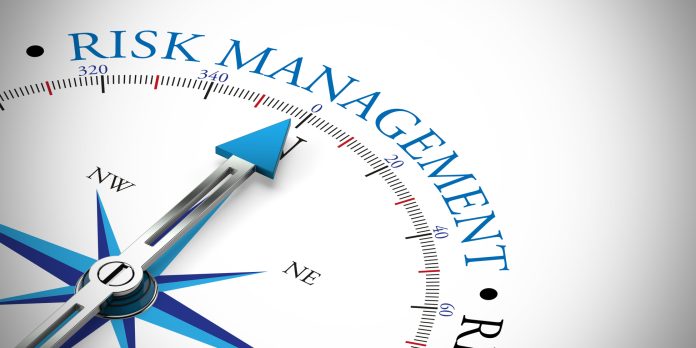By Olumide Adesina
The world’s largest trading market is commonly recognized to be the currency exchange market. Although it is also one of the simplest markets to execute, there are several risks and hazards involved.
The Bank of Settlement data highlighted that that the turnover in over-the-counter transactions in the Forex market averaged $7.5 trillion per day in April 2022 from $6.6 trillion per day in April 2019
Losing money is the largest and most evident risk involved with Forex trading. Everyone enters the market hoping to win money and make a profit, but many figures show that the ordinary Forex trader is more likely to lose money.
Trading in financial markets is notoriously difficult, and many wonder what percentage of Forex traders fail. Research using official data from 30 European Securities and Markets Authority-regulated brokers found that an average of 74.9% of Forex traders are on the losing side
Country Risk
Instability in a country can affect its currency. If an adverse event occurs, or if traders fear that an adverse event may occur, investors often withdraw their funds from a country’s currency, causing a decline in currency value. A trader does not want to be on the wrong side if devaluation occurs. This can happen quickly (e.g. during political instability) and reduce market liquidity.
There is a risk of getting stuck in the trade. If a country intentionally devalues its currency, it may be exposed to other countries’ risk. That’s not inherently bad. This is just a form of monetary policy in which a country intentionally lowers the value of its currency to compete more effectively from a trade perspective. A weaker currency makes a country’s exports more cost-effective in export markets.
Risk of Market volatility
Forex traders make money primarily because of volatility. Purchasing an asset would be pointless if prices were constant; the entire purpose of trading is to purchase a security at a discount and sell it when its value rises. And that would not have been feasible in the absence of volatility.
Traders utilize volatility indicators to identify excessive volatility early on and act before it damages the trading account balance to mitigate the risks associated with heightened volatility.
Hedging is slightly better than a simple stop loss, but it has some drawbacks. A simple hedging strategy is to open a counter-trade order in the opposite direction of an already established trade. This allows traders to maintain previous progress and maintain open positions regardless of market volatility.
High Leverage Risk Leverage is also one of the unique features of Forex. Most Forex brokers offer this to their clients to help them control larger position sizes. Traders need discipline to counter the risks posed using high leverage.
Risk of Low Liquidity.
Foreign exchange is the most liquid market because there are always people who want to buy and sell currencies. This also means that because the market is so large, individuals have little influence on the overall price of the asset.
A forex broker with decent spreads, expressed in pip values, unlike the bid/ask spread in equities. This is only the difference in the price at which you may buy and sell a currency at a given moment
To avoid illiquid environments, professional traders choose active trading sessions such as in New York and London. These trading sessions are the most liquid, with most contracts being exchanged during the trading hours, increasing trading opportunities.
Additionally, most liquid trading instruments are selected to limit the fees traders pay in the form of spreads. When it comes to trading currency pairs, major pairs are the most liquid, exotic pairs are the least liquid, and minor pairs fall between the two groups.
Major currency pairs refer to currencies that include the U.S dollar as a quote or reference currency in combination with currencies of major world economies such as Europe, the United Kingdom, and Japan.





